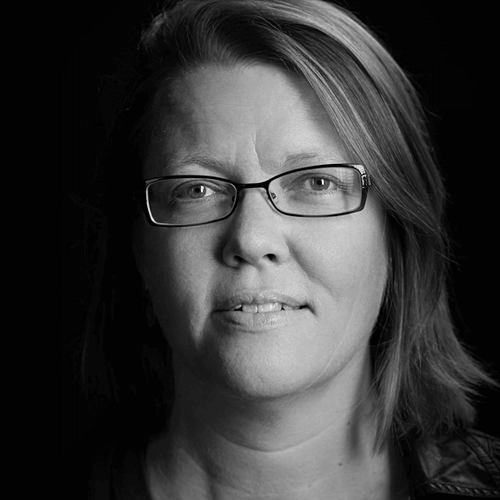WATCH VIDEO
How death came to dinner
On August 24, 2013 we launched Death Over Dinner and in a single night we tracked over 500 dinners in 20 countries. Since then there have been over a hundred thousand #deathdinners around the globe.
This adventure began when we learned that 75% of Americans want to die at home, yet only 25% of them do. When we learned that how we end our lives is the most important and costly conversation America is not having. And when we realized that a conversation among loved ones, friends, and even strangers could begin to change these numbers, and bring the conversation about death back into mainstream culture.
It all started with a University of Washington graduate course called Let’s Have Dinner and Talk About Death, taught by Michael Hebb and Scott Macklin, which quickly grew into a beautiful website designed by Seattle agency Civilization with content developed by Angel Grant. Our platform has now grown into a global project with an Australian Edition, a Jewish Edition, and even a Doctors and Nurses Edition currently being designed and built. We are thrilled to announce that we are now part of the RoundGlass family of initiatives, which will allow us to expand this project to millions of individuals and dinner tables.
This project was created as a gift, an invitation and a simple set of tools to help families and friends address the basic human fact that we are all, at some point, going to die. We suffer more when we don’t communicate our wishes, we suffer less when we know how to honor the wishes of our loved ones. As we build greater comfort and literacy around this important topic, every single one of us wins.
You might ask: Why would I have this conversation over dinner?
The dinner table is the most forgiving place for difficult conversation. The ritual of breaking bread creates warmth and connection, and puts us in touch with our humanity. It offers an environment that is more suitable than the usual places we discuss end of life.
So we raise a generous glass to you and your loved ones and humbly submit version 2.0 of Death Over Dinner!
Photos by Amanda Ringstad
Team
We’re collaborating with everyone from oncologists, gravestone designers, palliative care experts, authors, curators, health care CEOs and artists to spark a powerful movement around facing death and planning for end of life. We’re putting out a call to action for people to start a conversation with their friends or family about death- and we’re giving people to tools to make it easier, more meaningful, and even fun.
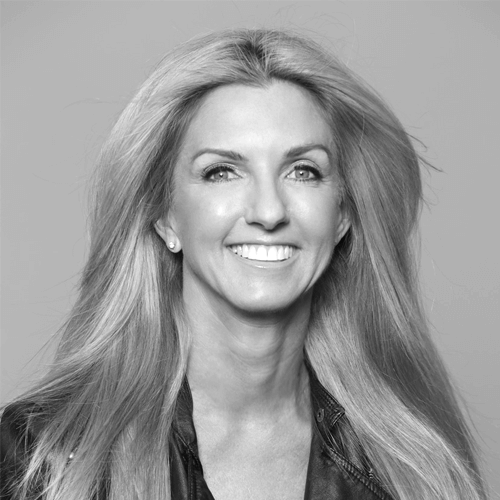

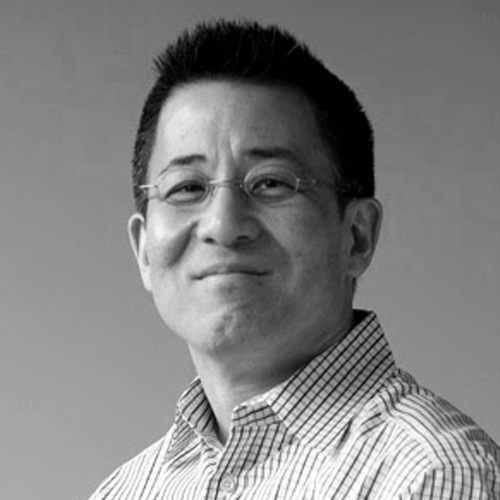
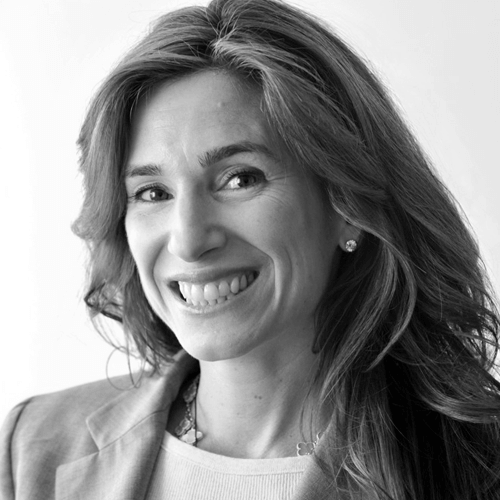
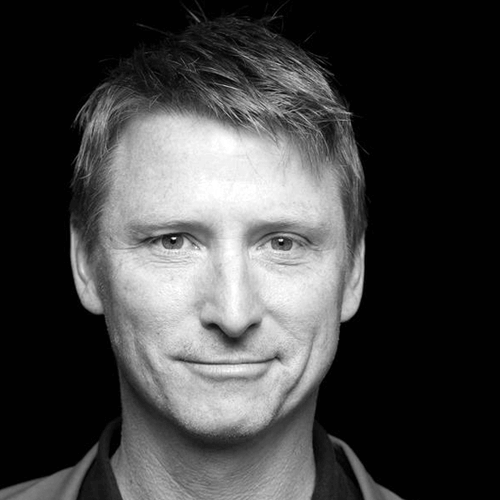
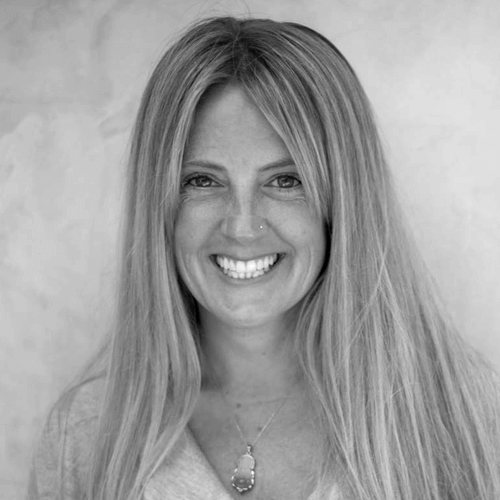
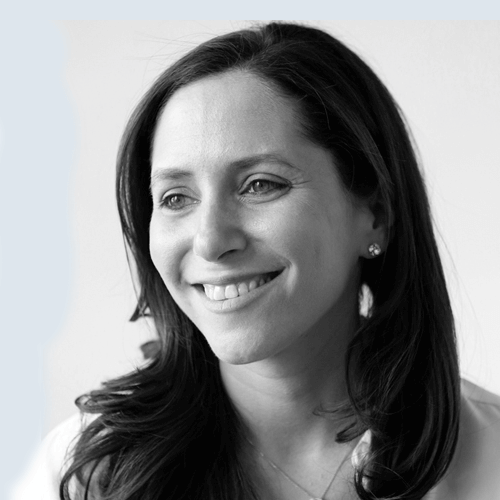
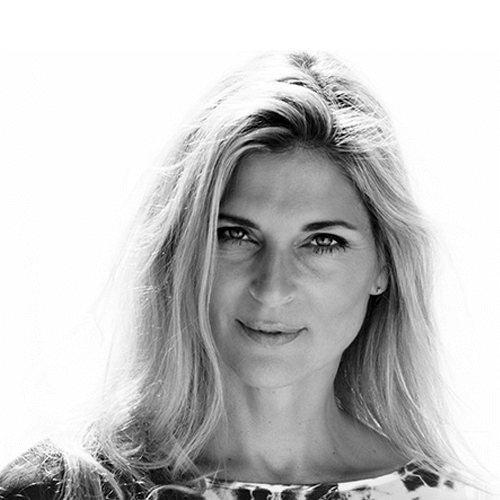
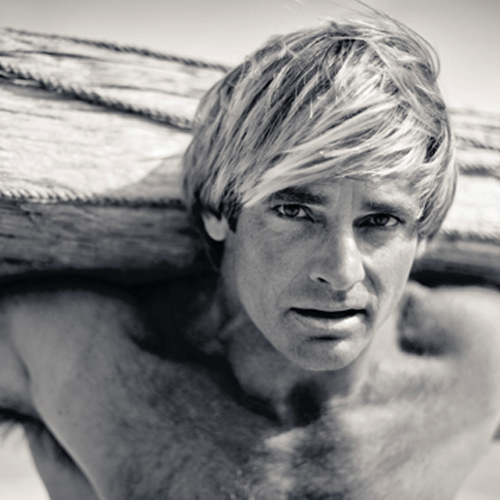
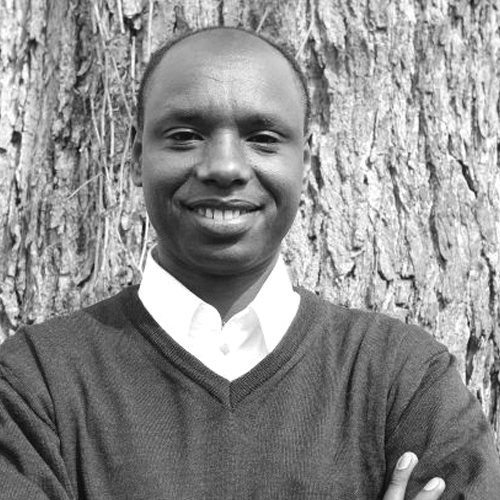
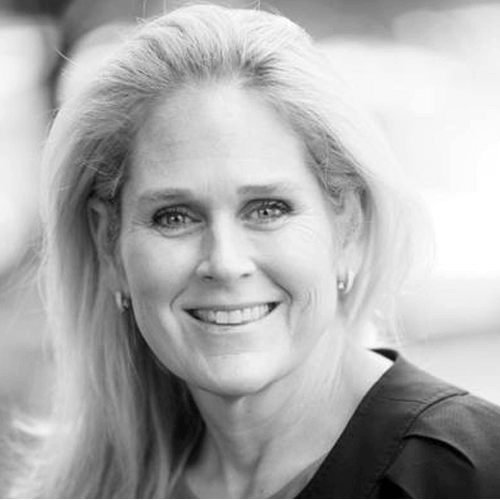
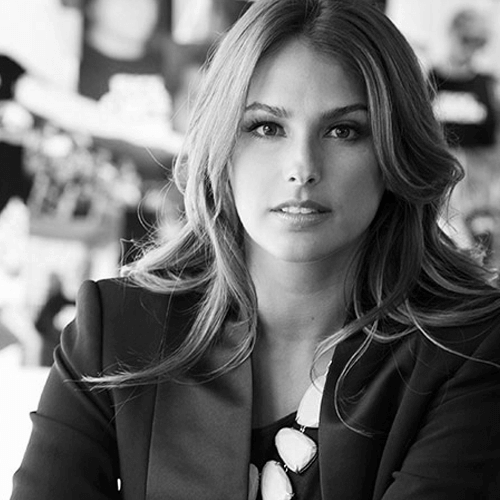
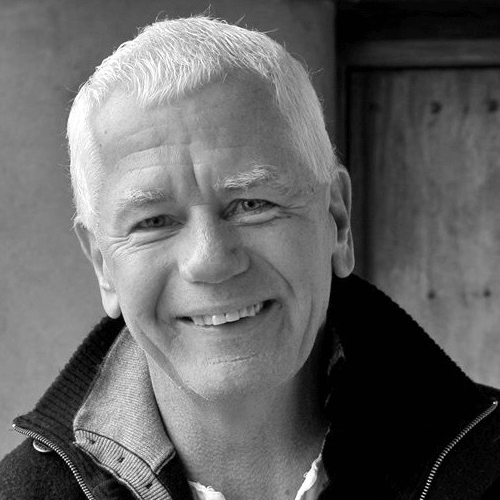
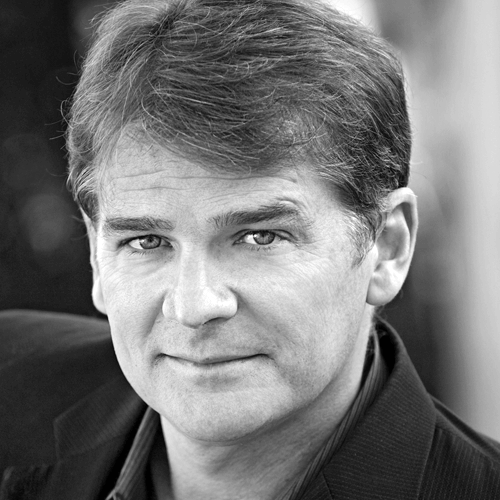
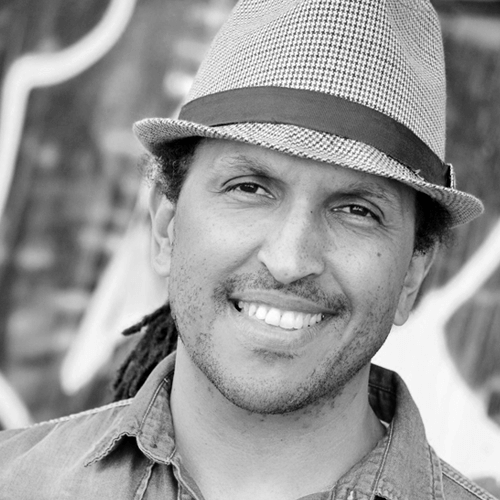
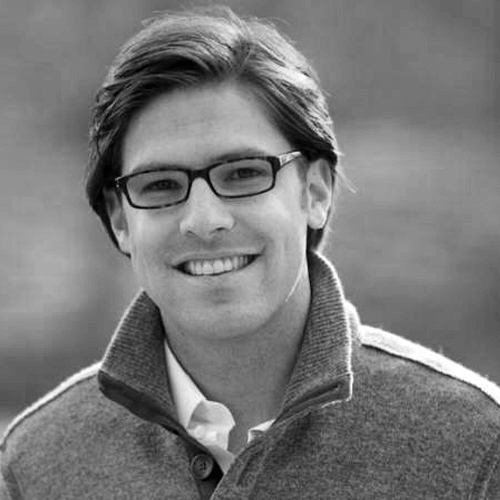
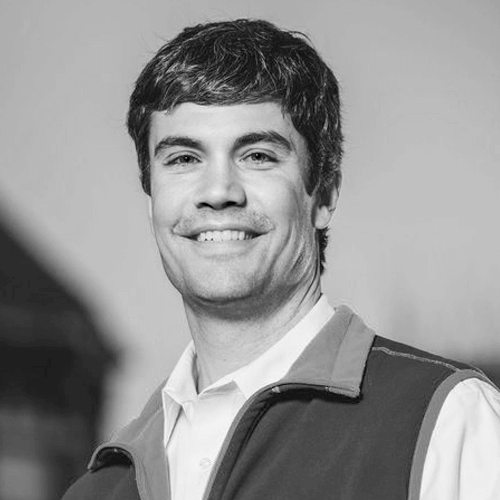
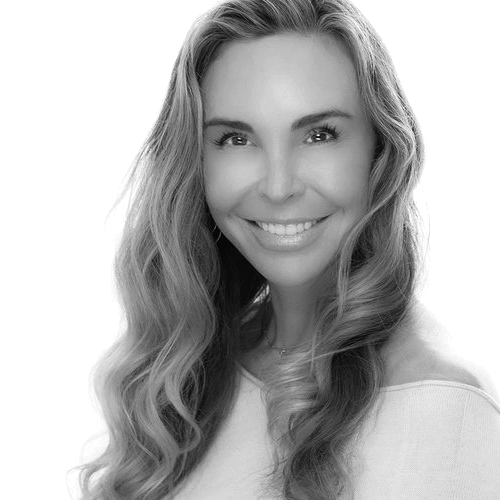
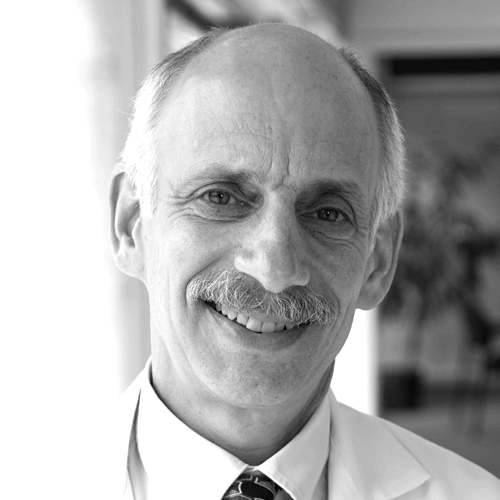
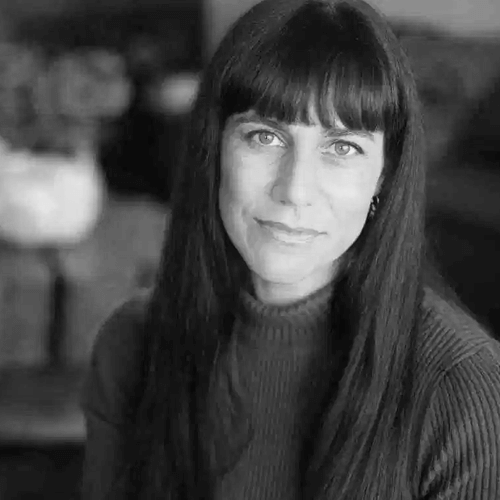
Chanel Reynolds
Chanel Reynolds is the founder of Get Your Shit Together. Since the launch of www.getyourshittogether.org in January of 2013, Chanel has dedicated...

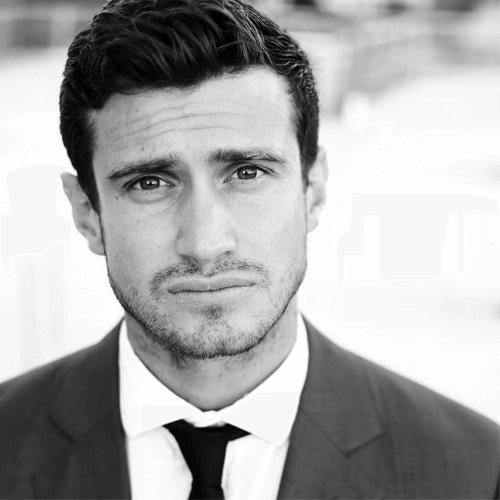

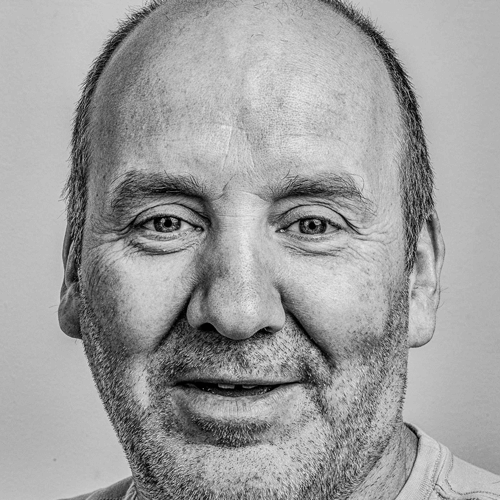
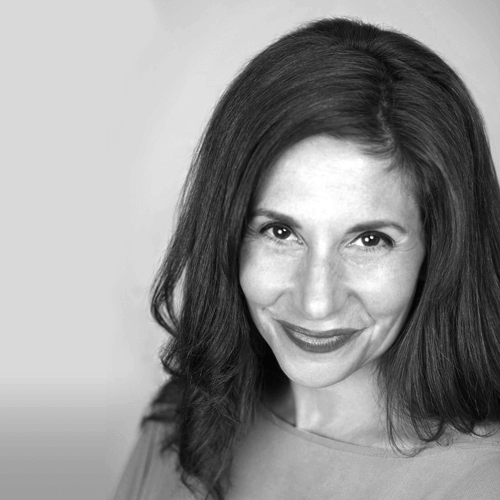
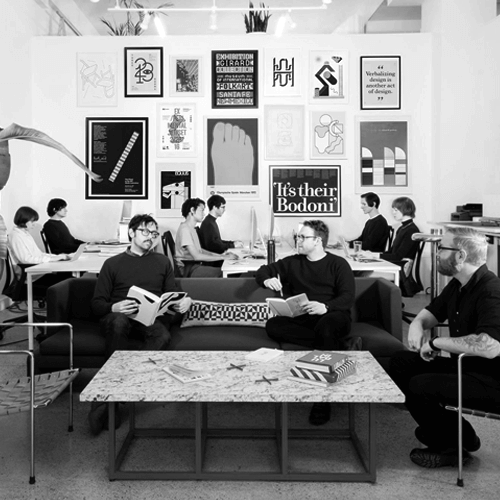
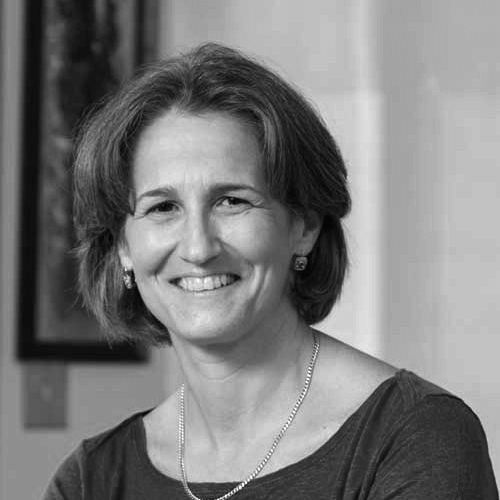
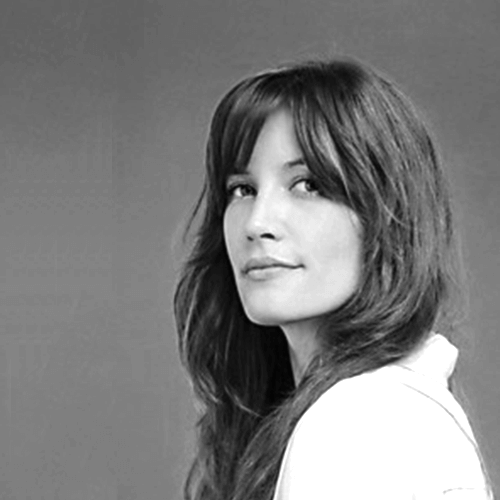
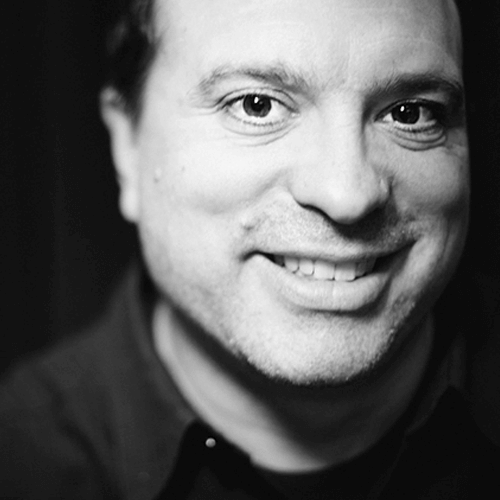
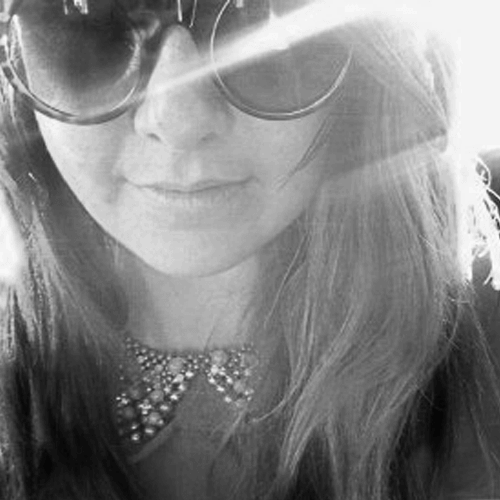
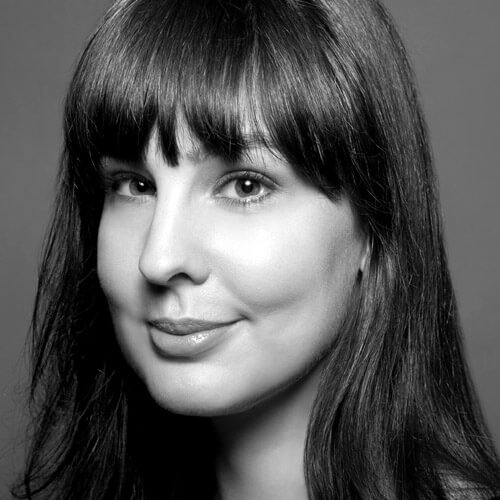
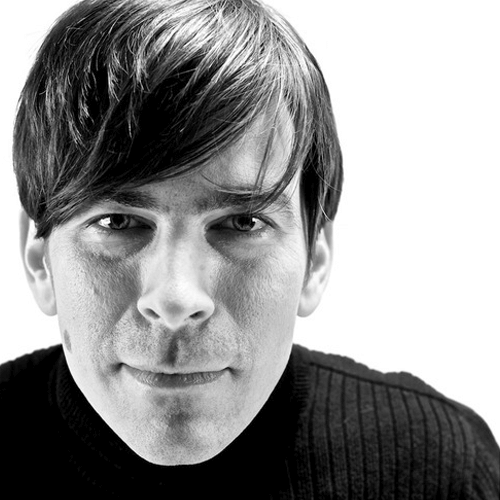
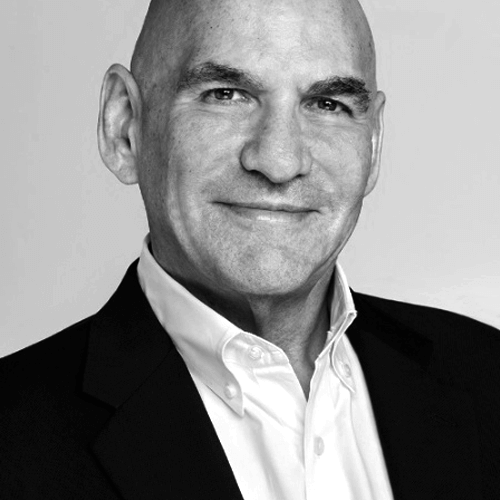
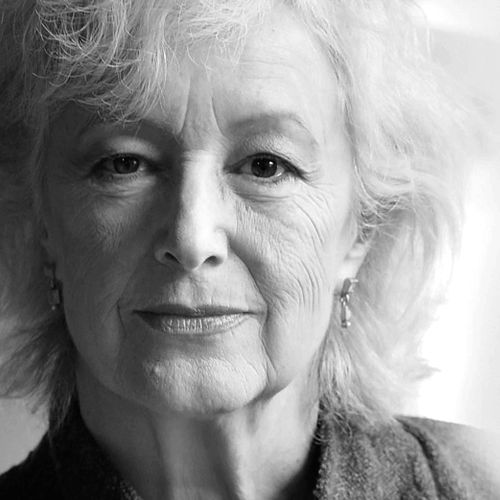
Lesley Hazleton
Lesley Hazleton, aka The Accidental Theologist (www.AccidentalTheologist.com), writes about religion, politics, and existence. Her...
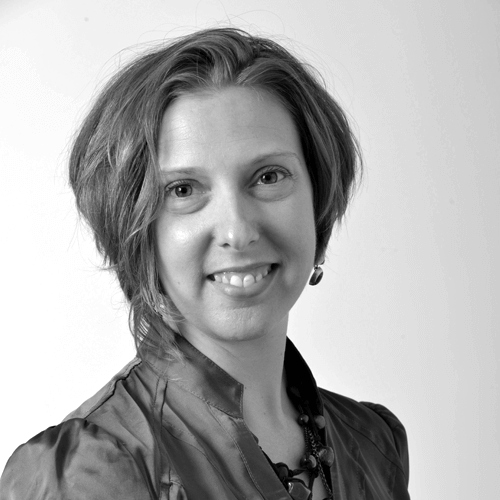
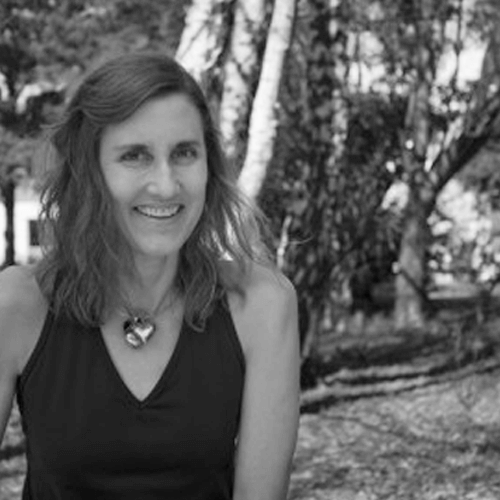
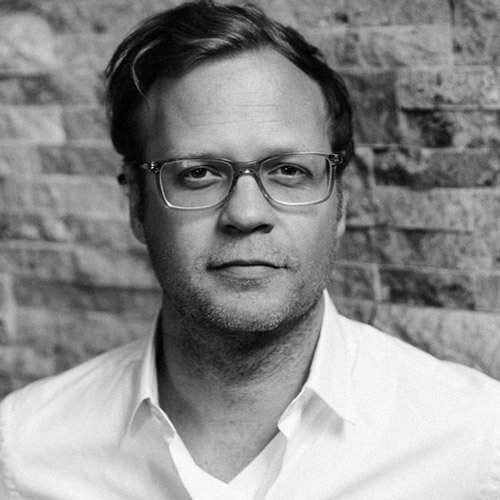
Library
-
How To Talk To Your Family About Planning For Your Alzheimer’s Disease
This insightful article is a guide for talking with your family in preparation for the advancement of Alzheimer’s.
-
A Place Beyond Words: The Literature of Alzheimer’s
How do you locate the personhood in someone who is, for neurobiological reasons, no longer the person you knew? Is there a way to be true to medical fact and still find something that is transcendently human?
-
A Daughter’s Portrait Of Her Mother Through Dementia
Dementia is often ugly, stressful, and isolating; for the photographer Cheryle St. Onge, taking pictures of her mother is a way of expressing happiness, connection, and love.
-
Alzheimer’s Q and A: What Is Meant By The Term Mixed Dementia?
Researchers are increasingly discovering through autopsies that many individuals had more one type of dementia. A National Institute on Aging study revealed that 94% of the participants had been diagnosed with Alzheimer’s, and their autopsies showed that 54% had another type of dementia.
-
$17M Johns Hopkins Research Center To Study Psychedelic Drugs In Alzheimer’s, Addiction and More
The Drug Enforcement Administration classifies psychedelics as Schedule I substances. They are banned because they have no accepted medical use, but researchers believe they could treat a range of diseases.”.
-
A Brain Scan May Predict Alzheimer’s: Should You Get One?
One expert warns of “unintended downsides,” including overuse of only modestly effective medications.
-
Justices Say Executing Someone With Dementia Might Violate Constitution
The Supreme Court clarified the circumstances in which someone with a mental disability may be put to death.
-
End-of-Life Care for People With Dementia
Someone who has severe memory loss might not take comfort from sharing family memories; they may not understand when others express what an important part of their life this person has been.
-
Late-Stage Caregiving
As the disease advances, the needs of the person living with Alzheimer’s will change and deepen.” Here’s a bit of what to expect.
-
Recognizing When Someone Is Reaching The End Of Their Life
Read about some of the signs that a person with dementia is nearing their death, and how you can support yourself as a carer, friend or relative.
-
Advance Care Planning By The Alzheimer’s Association of Canada
The window of opportunity to include the person in end-of-life decisions is well before they are gone. I started having these discussions with my parents as they were aging and getting more frail. I asked, ‘what would you like us to do?’ I believe in being proactive because it helps in the end.
-
Advance Care Planning In Dementia
The incapacity to make decisions is more certain and progressive in dementia, so advance care planning should cover an extended period of time and explore a wider range of issues.
-
Lessons on Living from My 106 year old Aunt Doris
Love, meaningfulness and the power of connection don’t stop just because we get old.
-
An Alzheimer’s Drug Trial Gave Me Hope, And Then It Ended
I was a small piece in the search to find a cure. Now I feel as if I’m getting erased, and medical science doesn’t have any answers.
-
Anxiety Complicates Life For Dementia Patients — And Their Caregivers
Unfortunately, she is one of many people whose descent into dementia has been twinned with a surge of anxious thoughts. Anxiety isn’t a cognitive issue per se, but it’s definitely a symptom that makes life much harder for caregiver and patient alike. Just imagine being stuck in your worst worries.
-
We’re Bad at Death. Can We Talk?
Dhruv Khullar, a resident physician at Mass General and Harvard Med School, says, ‘For years the medical profession has largely fumbled the question of what we should do when there’s nothing more we can do…Two interventions have consistently been shown to help patients live their final days in accordance with their wishes: earlier conversations about their goals and greater use of palliative care services…’
-
The 9 Things No One Tells You About Scattering Ashes
A look at what one woman wishes someone had told her before she spread her husband’s ashes around the world. A must read if you’ll ever have a first time with cremated remains.
-
12 Life Lessons from a Man Who’s Seen 12,000 Deaths
Bhairav Nath Shukla has been the manager of Mukti Bhawan, one of the guest houses in Varanasi where people come to die, for 44 years. Here are the powerful recurring life lessons he’s learned from those 12,000 deaths.
-
One Man’s Quest to Change the Way We Die
B.J. Miller, a doctor and triple amputee, used his own experience to pioneer a new model of palliative care at a small unique spot in San Francisco, Zen Hospice. He says it’s about wresting death from the one-size-fits-all approach of hospitals, but it’s also about puncturing a competing impulse: our need for death to be a hyper-transcendent experience. ‘Most people aren’t having these transformative deathbed moments. And if you hold that out as a goal, they’re just going to feel like they’re failing.’
-
A Call for Physicians to Agree: Death Is Not the Enemy
A surgical resident talks about her experience of an elderly woman with cancer, who no longer remembered her name, and calls out for the system to catch up to the needs of patients.
-
The Environmental Impact of Cremation and Funerals
A staggering article and infographic explaining what really goes into cremation and burials.
-
Skipping Chemo for an End of Life Road Trip
A tiny woman at 101 pounds and under five-feet tall, an exhausted Norma looked the young doctor dead in the eye and with the strongest voice she could muster, said, ‘I’m 90-years-old, I’m hitting the road.’
-
Ten Commandments for the Concerned Caregiver
Rabbi Earl Grollman gives practical and compassionate instructions for caregivers during prolonged illness and after death.
-
When Someone You Love Dies and You Don’t Know What to Do
An anonymous person called out for help on Reddit, ‘my friend just died. I don’t know what to do’. While there were countless responses, one stood out, beginning like this: All right. Here goes. I’m old. What that means is I’ve survived (so far) and a lot of people I’ve known and loved did not.
-
The Sanity of Grieving When a Child Dies
People need to be allowed to grieve when grieving is in order, and certainly when a child dies. A brother begins this moving piece like this: ‘Whenever I tell someone about my sister, it’s as if I’ve injured them. Often, people avert their gaze, stutter “I’m sorry” and change the subject. No one likes hearing about dead kids.’
-
The Final Word On Her Life
Jane Lotter writes her own raw and poignant obituary before using Washington’s Death With Dignity Act to die peacefully.
-
Letting Go: What Medicine Should Do When It Can’t Save You
Atul Gawande illustrates how modern medicine is good at staving off death with aggressive interventions—and bad at knowing when to focus, instead, on improving the days that terminal patients have left.
-
‘Pre-Hospice’ Saves People Money By Keeping Them At Home Near End of Life
‘Transitions is for just that point where people are starting to realize they can see the end of the road,’ said San Diego physician Dan Hoefer, one of the creators of the program. ‘We are trying to help them through that process so it’s not filled with chaos.’
-
Last Day, from Charlotte’s Web
Charlotte faces her death and consoles Wilbur with elegant practicality. EB White uses this beautiful story to illustrate the power of relationship along with the cycle of life and death.
-
6 Things to Remember After Losing a Parent
Simple advice on grieving and moving forward after the death of a parent.
-
A Project to Turn Corpses Into Compost
‘Composting makes people think of banana peels and coffee grounds,’ Ms. Spade said. But ‘our bodies have nutrients. What if we could grow new life after we’ve died?’
-
Five Things Death Can Teach About Living to the Fullest
Frank Ostaseski gives us five mutually supportive principles, permeated with love, that have served as reliable guides for coping with death.
-
15 Gentle Pieces of Advice When Someone You Love Receives a Terminal Diagnosis
When you’re the family member or friend of someone who receives a terminal diagnosis, life as you know it can change overnight. We asked people who have been through it themselves—sometimes on multiple occasions—to share their advice for navigating these difficult times.
-
My Own Life
Oliver Sacks learns he has terminal cancer and begins his reflection in this piece like this: ‘A MONTH ago, I felt that I was in good health, even robust health. At 81, I still swim a mile a day. But my luck has run out — a few weeks ago I learned that I have multiple metastases in the liver’.
-
To Radiate
Our dear friend Ethan Lipsitz reports on his experience of radiation treatment while making his own radiance and light visible for all of us to join in with him.
-
Planning Makes Life (and Death) Easier
A candid (and beneficial) take on getting affairs in order for aging parents.
-
When a Physicist Adds Comfort
In this inspiring piece, Aaron Freeman creates a beautiful scene of a physicist consoling friends and family at a funeral by scientifically explaining how the deceased loved one is not actually gone.
-
Checklist of Tasks for Planning Ahead
When a loved one dies, the last thing most of us want to do is consider and handle logistics. To be aware of this checklist long before anyone close to you dies makes things easier.
-
From a Living Funeral to Death Over Dinner
In this brilliant article, Richard Harris captures the heart of the deathoverdinner movement by sharing glimpses of dinner participants’ stories and a brief recap of the living funeral friends gave founder Michael Hebb for his 40th birthday.
-
Why You Want a Physicist at Your Funeral
In this inspiring piece, Aaron Freeman creates a beautiful scene of a physicist consoling loved ones at your funeral by scientifically explaining how you are not actually gone.
-
What to Expect When Your Loved One is in the ICU
It starts with the shock that someone you love is sick enough to be here. The sight of your parent, partner or child under harsh lights, possibly bandaged and bruised, attached to tubes, drains, IV lines, maybe even a ventilator. The unfamiliar sounds of beeps, buzzes and emotional outbursts from nearby rooms mixed with rare periods of somber silence… You’re in the intensive care unit – so how do you cope and best support the patient at the center of it all?
-
ICU Waiting Room Survival Tips
When Dr. Richard Senelick’s wife was in the intensive care unit for three weeks, he scribbled, ‘One hour in the hospital is like a full day anyplace else.’ In this article, he shares seven helpful tips for making it through the experience.
-
A Doctor’s Letter to Families of Her ICU Patients
You wondered, ‘Why is she so inappropriately jolly considering my dad has a tube down his throat?!’ What you don’t realize is I’m singing to calm my nerves, to keep myself relaxed. Your dad almost died before I let you back. I’m concerned for him, but I don’t want you to see that on my face. I don’t want you to worry about him. That’s my job. I just want you to love him… Sometimes we have to laugh. It’s the only thing we know to do. We’re afraid if we cry, we won’t be able to stop.
-
At the End of Life, What Would Doctors Do?
At a minimum, our heightened awareness and willingness to talk about illness, dying, caregiving and grieving will lead to much better end-of-life care. However, the impact on American culture needn’t stop there. Like individuals who grow wiser with age, collectively, in turning toward death, we stand to learn a lot about living. – Dr. Ira Byock
-
Grandma is Dead: 5 Tips for Talking with Kids about Death
While talking to children about death isn’t something most of us are excited to do, this article makes it much easier. It also brings into focus why some things we may default to saying while trying to protect the kids may not be best for them in the long run.
-
The Coffin Club
In this fantastically light and fun video, we see a group of older people in New Zealand who were fed-up after attending so many funerals that rarely reflected the vibrant lives of friends and family they were meant to honor, so they created what they call a Coffin Club.
-
What You Can Do To Prevent Alzheimer’s
Alzheimer’s doesn’t have to be your brain’s destiny, says neuroscientist and author of “Still Alice,” Lisa Genova in this informative and moving TED Talk. She shares the latest science investigating the disease — and some promising research on what each of us can do to build an Alzheimer’s-resistant brain.
-
A Marriage To Remember
In this moving New York Times Op Doc, film maker Banker White shows how Alzheimer’s disease has revealed the strength of his parents’ marriage.
-
Early Detection Of Alzheimer’s Disease
Elli Kaplan shares in compelling detail why the best time to treat Alzheimer’s Disease is likely to be before memory loss and tissue destruction occurs.
-
NIH: Unraveling The Mystery Of Alzheimer’s Disease
This 4-minute video by the National Institutes of Health shows the intricate mechanisms involved in the progression of Alzheimer’s disease in the brain.
-
Coping With Alzheimer’s Together And Apart
Walt and Aline Zerrenner have found a range of coping mechanisms to deal with her memory loss. Join them as they tackle a typical day.
-
Coping With Alzheimer’s Together And Apart
Walt and Aline Zerrenner have found a range of coping mechanisms to deal with her memory loss. Join them as they tackle a typical day.
-
Dementia 101 In 101 Seconds
See dementia explained quickly and easily. Learn new facts and understand dementia better through this illustrated video.
-
Normal Brain vs. Alzheimer’s Brain
Learn the differences between a normal brain and a brain with Alzheimer’s including brain size, plaques and tangles.
-
How Close Are We To Curing Alzheimer’s
Researchers are working hard to understand the mechanics of Alzheimer’s disease and other forms of dementia. So, how close are we to finding a cure?
-
Life With Alzheimer’s Presents….TRUTH
I left to run an errand when someone told my gram that her husband was dead after repeatedly being instructed not to. People with Alzheimer’s repeat themselves and that can be challenging for caregivers, but that’s no reason to be cruel. There’s compassion in lying to spare heartbreak. Upon my return from the store, I had to pick up the pieces, as she was already crying over his death. This powerful video footage of my gram, Nora Jo, reveals what it really means to have Alzheimer’s disease.
-
Brené Brown on Sympathy vs. Empathy
We seek to challenge stereotypes and understand, sympathize and help people living with dementia in a compassionate manner. We look at the dementia definition, stages of dementia, dementia types and the end stage of dementia
-
Later Stage Dementia: Bruce and Jan’s Story
So many people didn’t visit her because they said: we want to remember her the way she was. I would go mad at that. That denies the person as they now are and they’re the same person for God’s sake
-
As Dementia Takes Hold
Ned “Nardo” Cabrera of Billings was diagnosed with frontal temporal dementia in August 2016 at the age of 53. The disease will eventually take his ability to walk, communicate and remember. He’s one of 20,000 people living with Alzheimer’s or dementia in the state of Montana alone.
-
What Really Matters At End Of Life
At the end of our lives, what do we most wish for? For many, it’s simply comfort, respect, love. BJ Miller is a hospice and palliative medicine physician who thinks deeply about how to create a dignified, graceful end of life for his patients. Take the time to savor this moving talk, which asks big questions about how we think on death and honor life
-
How My Dad’s Dementia Changed My Idea Of Death (And Life)
With warmth and grace, Beth Malone tells the deeply personal story of her dad’s struggle with frontotemporal lobe dementia, and how it changed how she thinks about death (and life). A moving talk about a daughter’s love — and of letting go and finding peace
-
Talk About Your Death While You’re Still Healthy
Life would be a lot easier to live if we talked about death now. We need to discuss these issues when we are fit and healthy so we can take the emotion out of it — and then we can learn not just what is important, but why it’s important
-
Dementia From The Inside
This video was created to show what dementia feels like.” Of course it is uncomfortable for many of us to watch, which is all the more reason.
-
Planning Ahead: The Dementia Guide
This film looks at planning ahead after receiving a dementia diagnosis. Contents include financial matters, benefits, making decisions for the future, driving and working.
-
Learn More About Living With Dementia With Tips From Teepa
Teepa Snow is a dementia-care education specialist with a background in occupational therapy and close to 40 years of clinical practice. She helps people move past many commonly held, though inaccurate, beliefs about dementia, to create awareness of what is actually happening within a changing brain. She helps build knowledge so that everyone one involved in support or care, as well as, people living with dementia understand the how and why behind changing behaviors, emotions, interactions, and reactions
-
Aging Matters: Living With Alzheimer’s And Dementia
On Nashville Public Television’s Aging Matters Aging Matters: Living with Alzheimer’s and Dementia, we explore the impact these diseases are having on individuals, families and communities by weaving together the personal stories of those who are living with dementia, their care partners and commentary from leading experts in dementia.
-
The Emotional Impact Of Living With Dementia
This brutally honest video reminds us that although dementia causes the loss of some abilities, people’s feelings remain intact. It is a powerful reminder of the importance of getting to know the person with advancing dementia as an individual and to help support them to maintain their own identity.
-
Kids Interview People With Dementia
Many people are worried about ‘saying the wrong thing’ to someone living with dementia, yet a friendly face or listening ear can make the world of difference.
-
What Makes Life Worth Living in the Face of Death
Stanford internist Lucy Kalanithi is the widow of neurosurgeon and writer Paul Kalanithi, who was diagnosed with Stage IV lung cancer at age 36. In Lucy’s 2016 TEDMED Talk, she shares the perspective their family gained during Paul’s difficult transition from doctor to patient.
-
The Water Ballet
Briar Bates wanted her friends — mostly artists, but non-dancers — to perform a joyful and awkward water ballet titled ‘Ankle Deep’ in the kiddie wading pool at Volunteer Park in Seattle. (And they did.) The idea hit her while lying in bed, fighting through the pain of a ravenous cancer which doctors had diagnosed only a few months earlier.
-
Congratulations – You Gonna’ Die
British philosopher and Zen Scholar Alan Watts delivers a series of humorous but very thoughtful musings on death with his typical dry wit.
-
How Can We Prepare for a Graceful Death?
At the end of our lives, what do we most wish for? BJ Miller is a palliative care physician who thinks about how to create a dignified, graceful end of life for his patients.
-
Franny’s Last Ride
Mike DeStefano struggles with how to give support to his wife, who is dying in hospice. Mike died of a heart attack on March 6, 2011. This footage is of him at the U.S. Comedy Arts Festival in Aspen, Colorado, where he told one of the most searingly beautiful stories ever told at the Moth – a beautiful, bittersweet story about taking his dying wife on a motorcycle ride.
-
Having a Child Diagnosed With a Life Limiting Illness
In this short video, Dianne Gray talks about loss of a child to a terminal illness, and how to live amidst it.
-
My Mushroom Burial Suit
A powerful provocation from artist Jae Rhim Lee. Can we commit our bodies to a cleaner, greener Earth, even after death? Naturally — using a special burial suit seeded with pollution-gobbling mushrooms. Yes, this just might be the strangest TEDTalk you’ll ever see
-
What Happens When Death Is What’s For Dinner?
Breaking bread has historically been a step toward social progress, says Death Over Dinner founder, Michael Hebb. How can we use the power of home and hearth to change healthcare?
-
Engaging with Grace on the End of Life Issue
Have you talked with the people you love? Truly passionate talk about from Alexandra Drane sharing a personal story to illustrate how important it is to die the way we want and be cared for the way we want.
-
Is There Such Thing as Moving On
Kelley Lynn talks about the things people say to you after you suffer a loss. She shares about the loss of her husband and the idea of moving on.
-
Doing What it Takes to Cope With Grief
When Amy Green’s young son was diagnosed with a rare brain tumor, she made up a bedtime story for his siblings to teach them about cancer. What resulted was a video game, ‘That Dragon, Cancer,’ which takes players on a journey they can’t win. In this beautiful talk about coping with loss, Green brings joy and play to tragedy. ‘We made a game that’s hard to play,’ she says, ‘because the hardest moments of our lives change us more than any goal we could ever accomplish.’
-
Find a Place of Rest
Frank Ostaseski, Founder, Metta Institute, author The Five Invitations, shares a story from caregiving that can benefit all of us.
-
The Coffin Club
In this fantastically light and fun video, we see a group of older people in New Zealand who were fed-up after attending so many funerals that rarely reflected the vibrant lives of friends and family they were meant to honor, so they created what they call a Coffin Club.
-
The Only Reason We’re Alive
Spoken word poet In-Q, accompanied by gorgeous animation, expresses the bittersweetness of life, aging, and death in the context of love like no other.
-
Compassion and the True Meaning of Empathy
Joan Halifax works with people at the last stage of life (in hospice and on death row). She shares what she’s learned about compassion in the face of death and dying, and a deep insight into the nature of empathy.
-
59 Year Old Chimp Says Goodbye to Long Lost Friend
In this short video, we see the potency of heart to heart connection and feel the undeniable importance in getting to share a goodbye.
-
A New Approach To Dementia Care
Larissa MacFarquhar spends time at a community built for Seniors with Alzheimer’s where caretakers are using reminiscence therapy to ease feelings of panic, rage, and misery.
-
2. Aging Brains Stay Sharper With Daily Housework and Exercise
Even something as simple as chopping up food on a regular basis can be enough exercise to help protect older people from showing signs of dementia, a new study suggests.
-
What Are You Doing Over There?
The art of the little white lie gone awry while caring for his Grandma.
-
Dementia Matters
Episode Feb 26, 2019: How Brain Autopsies Are Helping Further Dementia Research
-
Alzheimer’s Podcast
Episode 52: A Good Death? Learn Tips to help you through a difficult time Episode 53: What Are the Thing No One Tells you about death Episode 54: Who are the end of life specialist and how can they help?
-
Alzheimer’s Speaks
-
Make End of Life More Humane
Dr. Atul Gawande began researching hospice and end-of-life care options because he says he didn’t know how to broach the subject of death with his terminally ill patients. ‘Our system of medical care has successfully created a multi-trillion-dollar system for dispensing lottery tickets — the lottery ticket that you could get this longer life,’ he says. But he says it has not prepared people for the likelihood that physicians aren’t good at preparing patients whose lives will not be prolonged by medical treatment. ‘So we’ve failed to meet the other needs people have, other than just prolonging life.’
-
What Doesn’t Kill You
Tig Notaro was diagnosed with cancer. A week later she went on stage in Los Angeles about her string of misfortunes. Listen from 3:04 – 15:35.
-
Just Show Up
Sheryl Sandberg gives a vulnerable interview about what life looked like after her husband died suddenly.
-
The Bitter End
‘We turn to doctors to save our lives — to heal us, repair us, and keep us healthy. But when it comes to the critical question of what to do when death is at hand, there seems to be a gap between what we want doctors to do for us, and what doctors want done for themselves.’
-
Mortician Explores Many Paths For Sacred Transition Of Death
Mortician Caitlin Doughty has traveled around the world exploring the ways other cultures approach death and talks about many of them as well as the differences in America.
-
Last Day, from Charlotte’s Web
Charlotte faces her death and consoles WIlbur with elegant practicality. EB White uses this beautiful story to illustrate the power of relationship along with the cycle of life and death.
-
Sam Harris Podcast: Lessons from Death
In this episode of the Making Sense podcast, Sam Harris speaks with Frank Ostaseski about death and dying—and about how the awareness of death can improve our lives in each moment.
Press
Stories
We love hearing stories from all of you out there who have survived a death dinner! The beautiful collection we've gathered so far are shared here - feel free to take your time and peruse. If you'd like to add your story to our anthology, share it with us or tag us with #deathdinner. If you haven't had your dinner yet, get started below.

